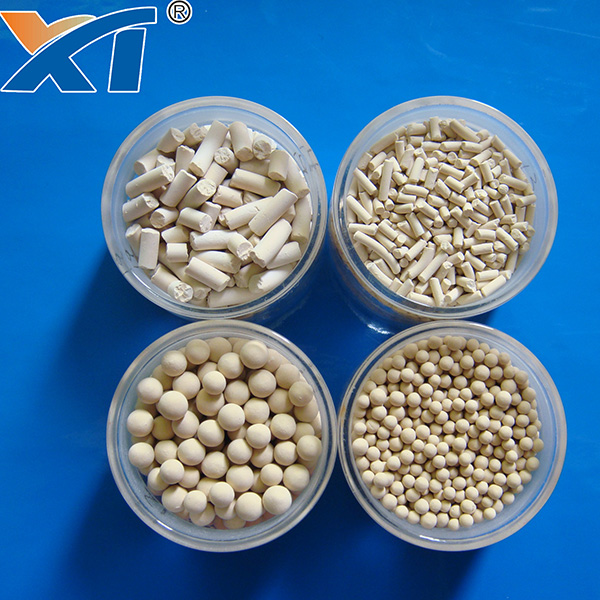At present, the main natural gas deep dewatering device at home and abroad is the use of synthetic fluorspar molecular sieves to strongly adsorb water vapor molecules in the gas to achieve deep dehydration.
The main advantages are as follows:
1 Molecular sieve can deeply dehydrate the gas. Under normal circumstances, its adsorption amount is higher than other adsorbents, which can reduce the size of the drying tower and save money.
2 Molecular sieves can effectively dry gases at higher temperatures.
3 Molecular sieves can selectively adsorb moisture, avoiding the co-adsorption of heavy hydrocarbons and causing the adsorbent to fail.
4 Molecular sieves are not easily damaged by liquid water, and adsorbents such as silica gel are easily brittle when exposed to water.

Application of molecular sieve in deep dewatering of natural gas
As the moisture adsorbed by the molecular sieve in the adsorption tower increases, the adsorption capacity of the molecular sieve to the water molecules gradually decreases. When a certain value is reached, the water molecules in the gas at the outlet of the adsorption tower exceed the specified value, indicating that the molecular sieve in the tower Has been saturated. At this time, it is necessary to regenerate the molecular sieve in the adsorption tower.
The regeneration process is the process of expelling the water molecules adsorbed in the micropores of the molecular sieve to reactivate the molecular sieve. The design of the regeneration process is critical to the continuous operation of the dryer. As a molecular sieve filling tower for adsorbing moisture, no matter how much design margin is selected, the molecular sieve will eventually saturate and lose the ability to adsorb moisture. Therefore, choosing a reasonable regeneration process and parameters becomes the focus of dryer design. A reasonable regeneration process can achieve the purpose of effective regeneration with as little consumption as possible (electric heating power, gas consumption rate).